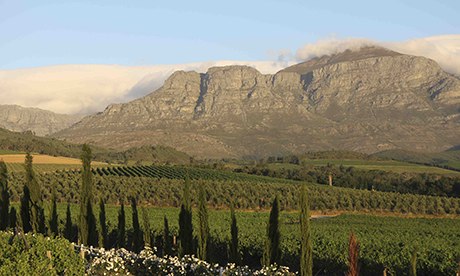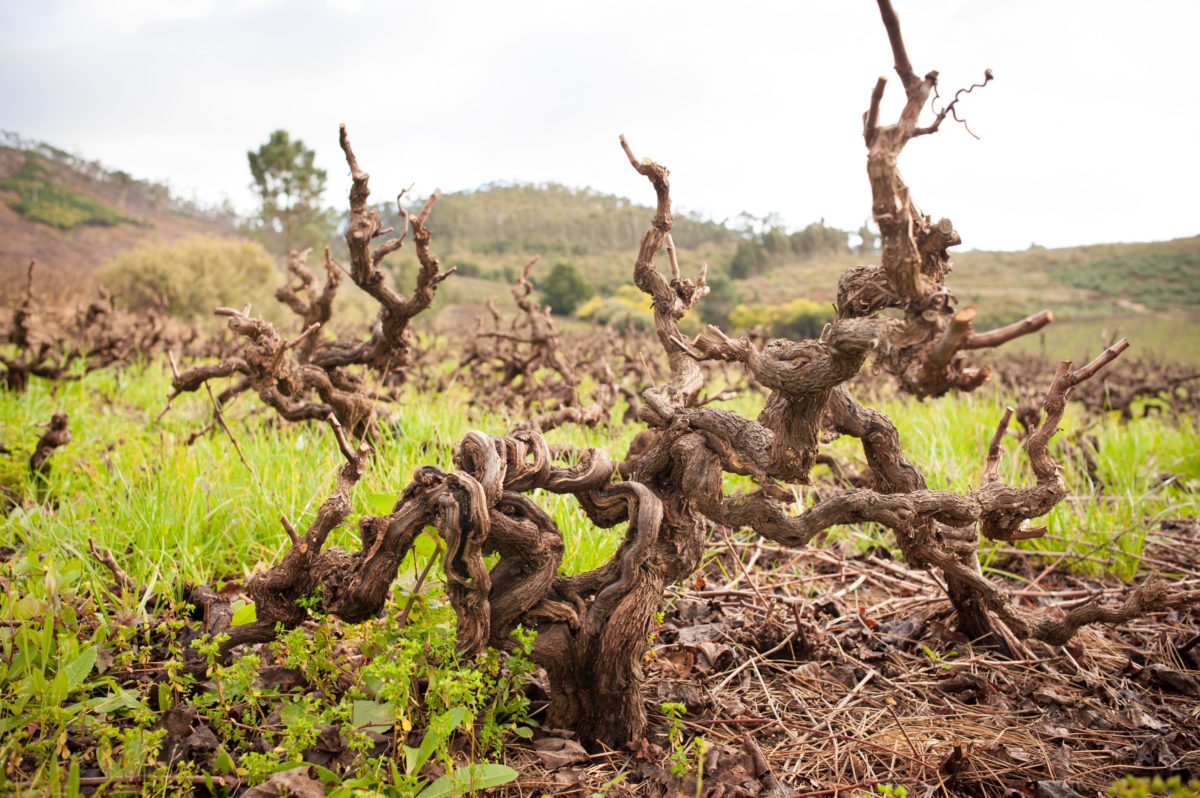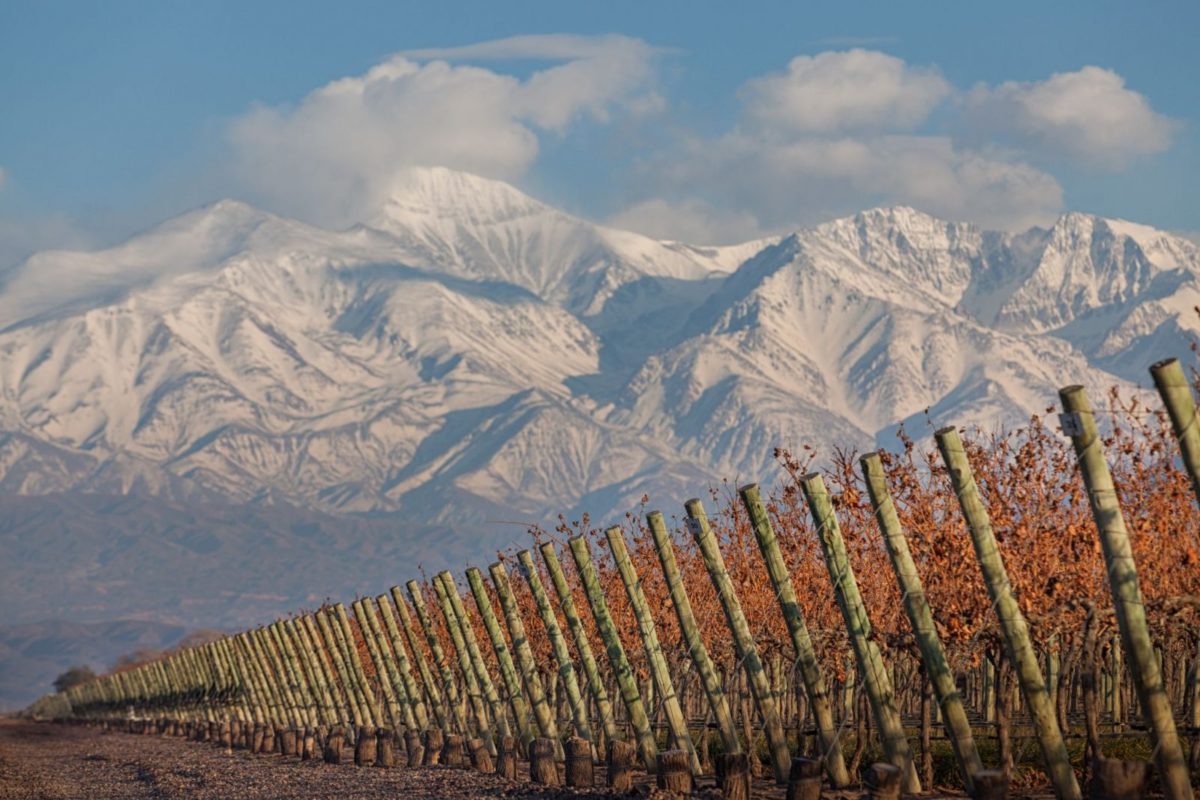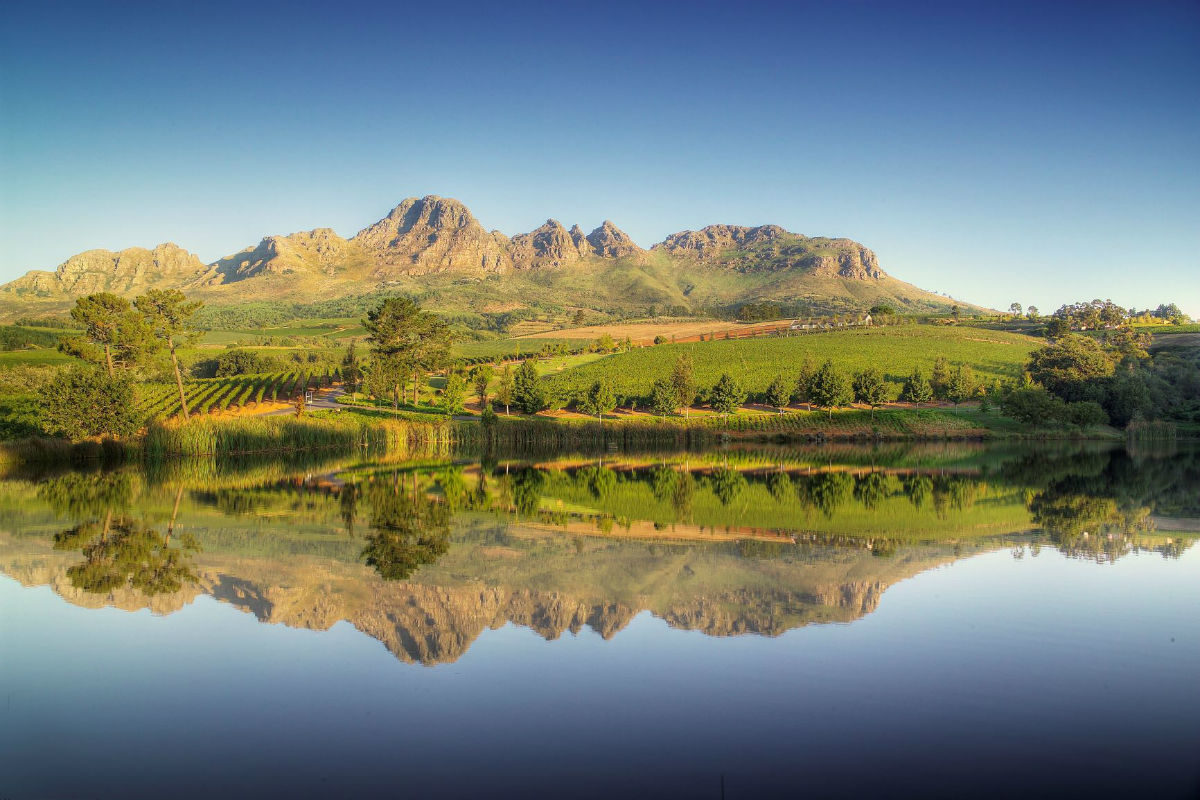The South African wine industry acknowledges today’s announcement by President Ramaphosa to resume local trade and distribution of alcohol under alert level 2 from midnight 17 August 2020, but says the industry still has a long road to recovery.
“Although we are grateful to start trading and delivering online sales again, we are dismayed at the extent of the damage caused to our industry during the temporary ban on exports and extended restrictions on local sales,” says Rico Basson, MD of the wine industry organization Vinpro.
“It might be too little too late. Many wine businesses have already closed down and a long road to recovery lies ahead for the industry as a whole,” says Basson.
The industry is believed to have lost more than R7 billion since the introduction of sales restrictions in March 2020. Following the initial nine-week ban on local sales, five-week ban on exports and second domestic sales ban, Vinpro estimates that more than 80 wineries and 350 wine grape producers would go out of business over the next 18 months, with a potential loss of more than 21 000 jobs across the value-chain.
Vinpro has been working closely with industry partners on a disaster recovery plan to address the urgent need to stabilize the sector, including the extension of further excise relief for the current year, as well as the 2021 season, addressing bottlenecks and challenges at the Cape Town Port and formulating solutions to reduce a current wine surplus of around 300 million litres.
“The wine industry is geared to reopen domestic trade and distribution with all necessary health and safety regulations in place, while focusing on changing behaviour with regard to responsible production, promotion, trade and consumption.”




